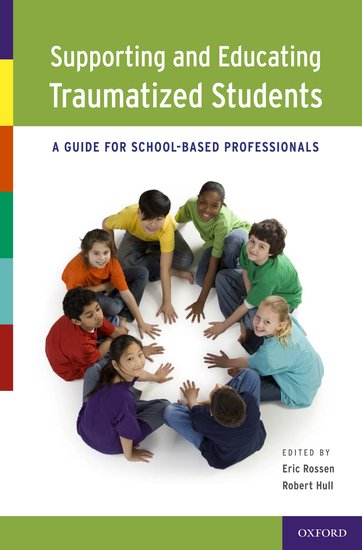By Robert Hull
As parents, children, and communities struggle to come to terms with the events in Newtown last week, it is important for educators and parents to be aware of just how deeply children can be affected by violence.
Community violence is very different from other sources of trauma that children witness or experience. Most trauma impacts individual students or small groups, whereas the violence that was experienced in Newtown affected the local community and the entire nation. The lack of warning and the unexpected nature of these kinds of events, combined with the seemingly random nature of the attack, contribute to a change in individuals’ personal views of the world, and their ideas about how safe they and their loved ones actually are. The world comes to seem more dangerous, people less trustworthy.
Exposure to trauma can impact several areas of children’s functioning. Teachers may notice that students who have experienced trauma appear to be shut down, bored, and/or hyperactive and impulsive. Interpersonal skills might be impacted, which can lead to social withdrawal, isolation, or overly aggressive behavior. Students might appear confused or easily frustrated. In addition they might have difficulty understanding and following directions, making decisions, and generating ideas or solving problems.
Family members and educators are often at a loss in how to support students following an event such as what happened in Newtown. The following are guidelines on helping students exposed to community violence:
- Teachers and family members should attempt to maintain the routines and high expectations of students. This directly communicates to children that they can succeed in the face of traumatic events.
- Reinforcing safety is essential following unpredictable violence. Remind children that the school is a safe place and that adults are available to provide assistance.
- Do not force children to talk. This can lead to withdrawal and downplaying the impact. A neutral conversation opening can be stated in this way: “You haven’t seemed yourself today. Would you like to share how you are feeling?”
- Teachers can model coping mechanisms such as deep breathing, relaxation and demonstrating empathy.
- Being flexible is a must following traumatic events. Teachers should allow students to turn in work late or to postpone testing.
- Educators should increase communication with parents in order to provide support that recognizes a specific child’s vulnerabilities.
There are several websites that can provide additional information on supporting students who have been exposed to violence. These include:
- The National Child Traumatic Stress Network
- The National Association of School Psychologists
- The National Center for Children Exposed to Violence
Robert Hull is an award-winning school psychologist with over 25 years of experience working in some of the most challenging of educational settings, and was for many years the facilitator of school psychology for the Maryland State Department of Education. Currently he teaches at the University of Missouri. He is the co-editor, with Eric Rossen, of Supporting and Educating Traumatized Students: A Guide for School-Based Professionals.
Subscribe to the OUPblog via email or RSS.
Subscribe to only psychology articles on the OUPblog via email or RSS.


Recent Comments
There are currently no comments.